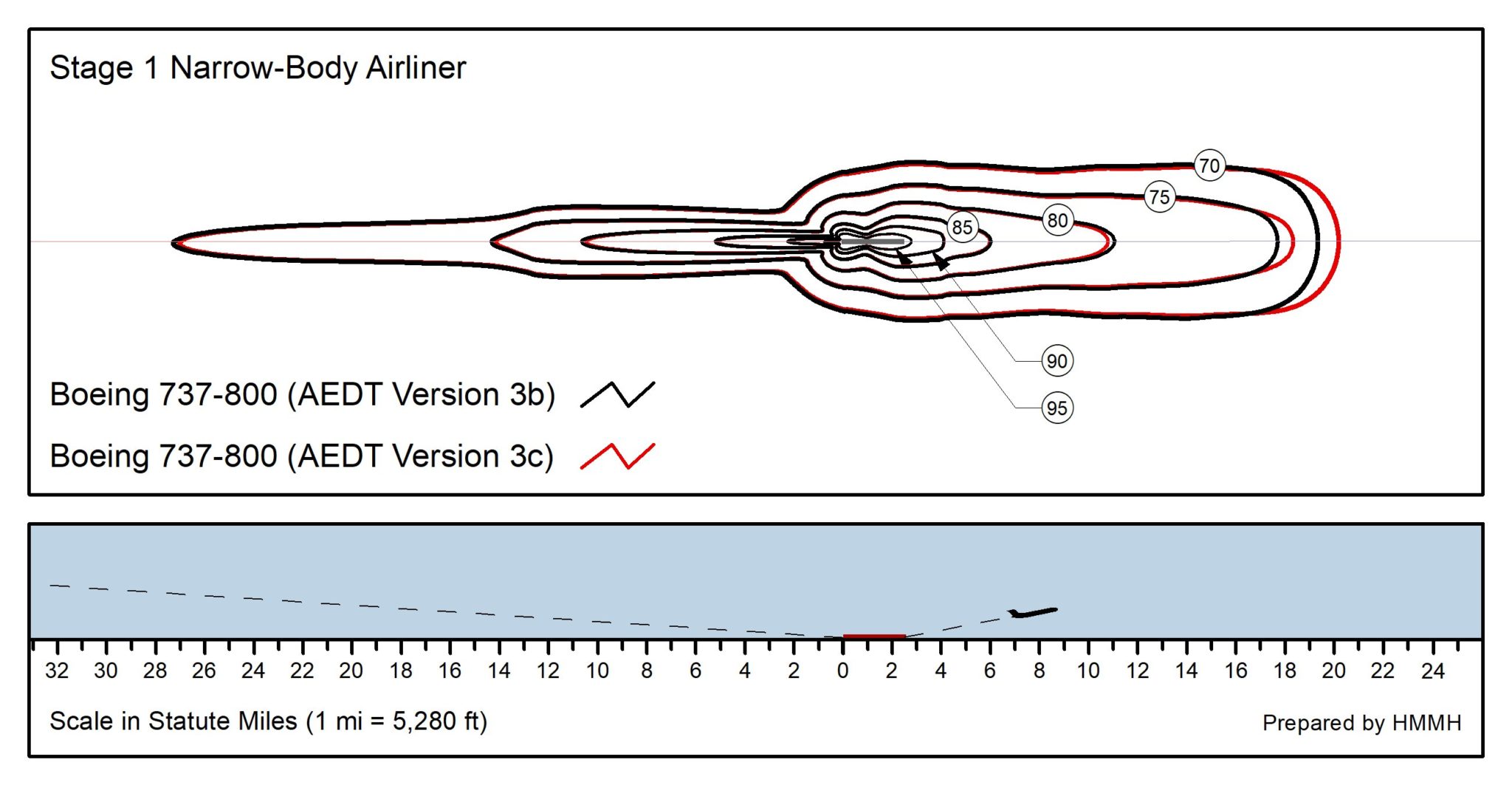Faa's Aviation Environmental Design Tool
FAA Releases Update to Aviation Environmental Design Tool (AEDT)
03.20.2020 | Scott A. McIntosh |
The Federal Aviation Administration (FAA) has released an update to its Aviation Environmental Design Tool (AEDT) that models the environmental impacts of fuel consumption, emissions, noise, and air quality. In Version 3c, released on March 6, there are some useful updates, improvements, and bug fixes. Updates to the FAA's AEDT continuously improve not only user experience with the program but further refinement in the tool's database and algorithms improves overall accuracy.
Here is a look at some of the highlights of this release:
- Version 3c brings several improvements to aircraft performance modeling, including adding a new flight profile editor that allows users to create custom Aircraft Noise Performance (ANP) or BADA 4 procedural profiles. There is also now physics-based thrust reporting for ANP, which could result in some operations having negative thrust values when more drag than thrust is generated.
- Previously, AEDT limited aircraft speed to below 250 knots, but with the update, aircraft can accelerate beyond that airspeed once they reach an altitude of 10,000 feet MSL using the ANP model.
- In this update, emissions calculations have improved. It also provides support for reading albedo, Bowen ratio, and surface roughness values from an externally generated AERSURFACE output file.
- We believe this will make the meteorological processing more realistic by using surface characteristics specific to the area to be modeled.
- Additionally, the AERMOD model in AEDT has incorporated the EPA's revised low wind speed threshold of 0.5 m/s; below this level, winds are treated as calm. We believe this will lead to a more complete dataset, as the reduced threshold should allow more hours to be filled in and fewer hours treated as calm.
- Microsoft SQL Server 2017 is also now supported in addition to Microsoft SQL Server 2012.
Like AEDT 3b, it's important to note that all AEDT users must apply for the BADA license for AEDT 3 from EUROCONTROL before downloading AEDT 3c. Also, the FAA continues to require review and approval of any non-standard model input.
To compare between model versions, HMMH has run a test case for one arrival and one departure operation for a Boeing 737-800 (selected for its prevalence in the US commercial air-fleet). Based on this, we believe users should expect to see a slight reduction in arrival noise. Departures exhibit roughly the same behavior at lower altitudes but are slightly louder as the aircraft climbs. The differences can be seen in Figure 1 below.
 Figure 1. Comparison of 70-95 dB SEL Contours.Source: AEDT 3b (black) and AEDT 3c (red)
Figure 1. Comparison of 70-95 dB SEL Contours.Source: AEDT 3b (black) and AEDT 3c (red)
HMMH has prepared numerous noise contours for airports of all sizes using AEDT. With our proprietary AEDT processor RealContoursTM, HMMH can model every flight track and operation (a full year, even more, is possible), as flown, using AEDT. Our AEDT preprocessor takes the maximum possible advantages of the noise model's capabilities.
Need additional understanding about the release or AEDT training? We offer custom AEDT training courses with a focus on practical implementation from a user perspective. Contact HMMH today!
Faa's Aviation Environmental Design Tool
Source: https://hmmh.com/resources/news-insights/blog/faa-releases-update-to-aviation-environmental-design-tool-aedt/
Posted by: tayloragpich.blogspot.com

0 Response to "Faa's Aviation Environmental Design Tool"
Post a Comment